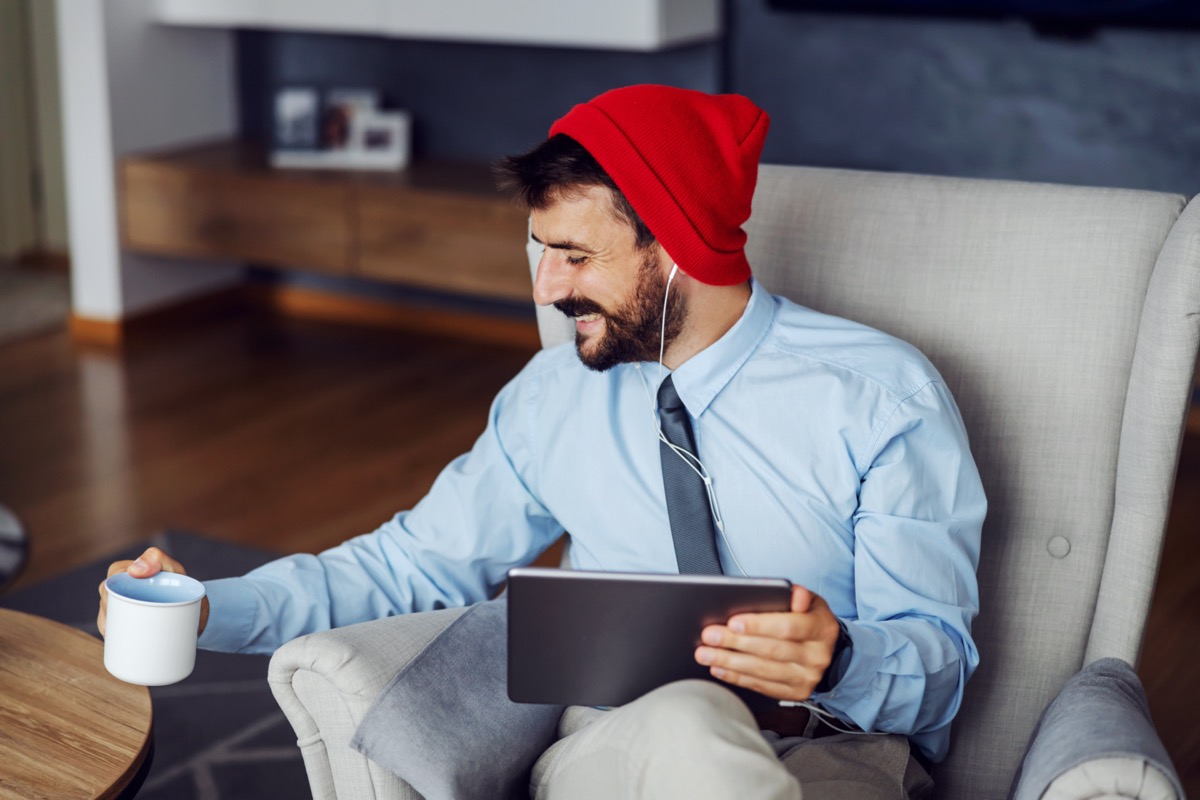The aim of the study was to model the results of different strategies for identifying, tracking, and tracing coronavirus cases. Researchers determined that speed is of the essence in using information about positive cases to slow spread. If it takes three or more days after symptom onset for test results to be obtained, then even rigorous contact tracing—i.e. determining who the infected person encountered and contacting them—isn’t effective in reducing transmission. The models included the assumption that about 40 percent of COVID transmission occurs before the onset of symptoms, which is in line with the best estimate of the Centers for Disease Control and Prevention (CDC). Therefore, self-isolating—whether or not you’ve been tested—works. Reducing contact with others means that there is less opportunity for an infected individual to pass on the virus. “In the absence of any strategies to mitigate the spread of the virus, each infected person will transmit the virus to an average of 2.5 people,” the study reads. “Introducing physical distancing alone, assuming that close contacts are reduced by 40 percent and casual contacts by 70 percent, will reduce the reproduction number to 1.2.” RELATED: For more up-to-date information, sign up for our daily newsletter. This is why it’s important to follow any quarantine recommendations from health officials in your area, whether post-travel or otherwise (New York, for example, requires residents to self-isolate for 14 days after visiting any of 22 states with high per capita rates of COVID.), and also to continue to stay home as much as possible, even if you’re not under quarantine orders—but especially if you suspect that you might have been exposed. Testing lags in this country are making results outdated and practically useless. The Lancet models show that contact tracing can only get the reproduction number down below 1 if symptomatic patients get their results in the same day. Until testing can be amped up to that point, preemptive quarantine is still the safer bet than waiting until confirmation to take action. And for more coronavirus research, At This Age, You’re 11 Times More Likely to Die From COVID, Study Says.
